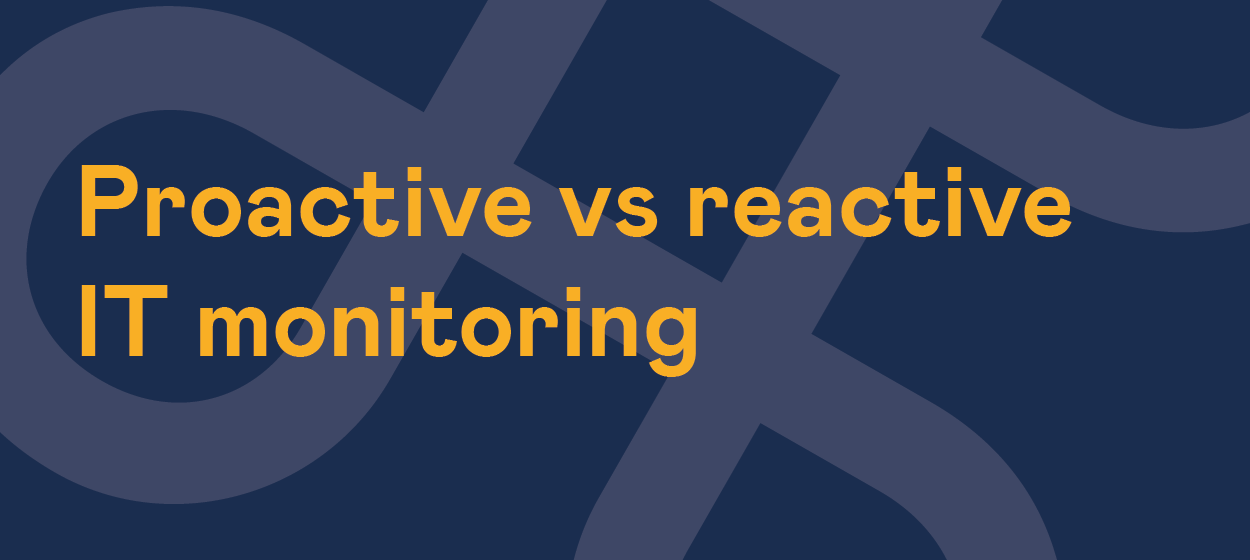Confused about the differences between proactive and reactive IT monitoring? They might sound like two sides of the same coin, but they’re as different as smooth sailing and a shipwreck.
Think of proactive monitoring as having a trusty lookout, ready to act at the first sign of trouble. This vigilant crew member isn’t just watching the waves; they’re actively scanning for any hint of a storm forming on the horizon.
Proactive monitoring goes beyond just keeping an eye on things. It’s about setting up automated systems and alerts that can detect anomalies and potential issues before they become crises.
For instance, if your network starts to experience a spike in traffic, that could indicate a DDoS attack (Distributed Denial of Service, where your system is crippled by a flood of traffic), proactive monitoring will alert you immediately. You can then take action to defend your network before it’s overwhelmed.
On the other hand, reactive monitoring is like having a crew member who plugs the leaks when they notice them but never quite get round to spotting the first signs of the ship cracking.
It's important to say that reactive monitoring is still a good starting point for implementing managed IT support. It's just not as good as proactive monitoring.
You will still get your daily back-up checks and unlimited support from your crew member, you'll even get 24x7 tracking of your website with our Silver Package. However your infrastructure will go unmonitored which could leave you vulnerable to threats coming in through the trap door.
Imagine a scenario where your email server suddenly crashes due to an overload of incoming messages. With reactive monitoring, you might not notice until your customers start complaining about missed emails. By then, you’re already in damage control mode.
IT is essential to the success of your business and it is a big investment, we're well aware of that. As with any big investment, you need to make sure it's operating at maximum capacity and that it's protected from risks.
Proactive managed support does just that.
These are some of the top benefits:
Real-time awareness
You’re always in the know about what’s happening in your digital ecosystem.
Immediate action
When trouble is detected, proactive monitoring can trigger automated responses or alert your IT team, allowing for swift action.
Risk mitigation
By identifying and addressing potential issues early, you reduce the risk of major disruptions and costly downtime.
Efficiency
Proactive monitoring keeps your systems running smoothly, ensuring your business operations remain efficient and uninterrupted.
In contrast, reactive monitoring can keep threats hidden from you until it’s too late, resulting in costly downtime and frustrated customers.
Want to find out more?
Click here to download our guide to proactive IT monitoring
For more information about any of the above, please request a call back from one of our expert team. We’d be very happy to help! Click here to request a call back



